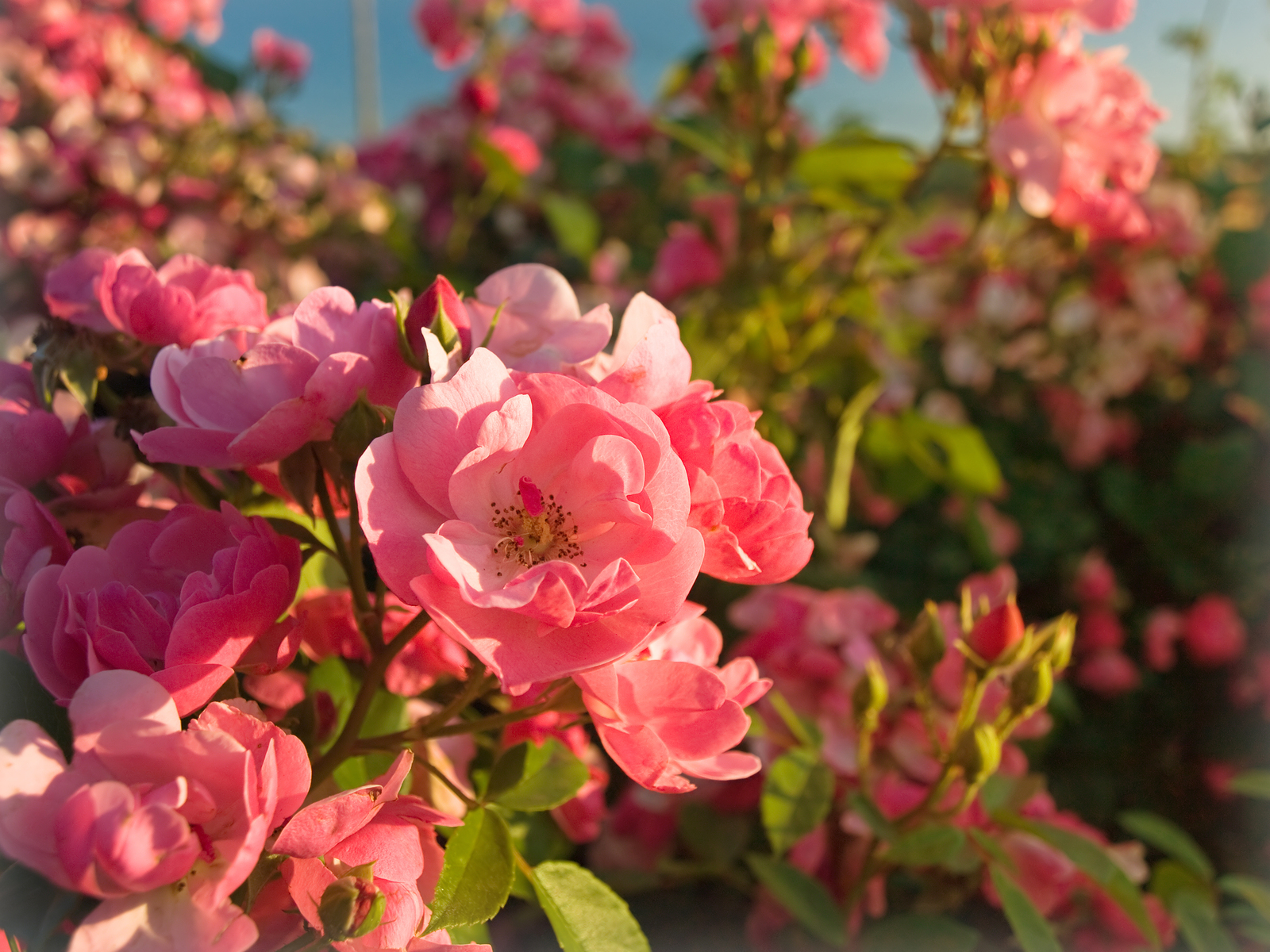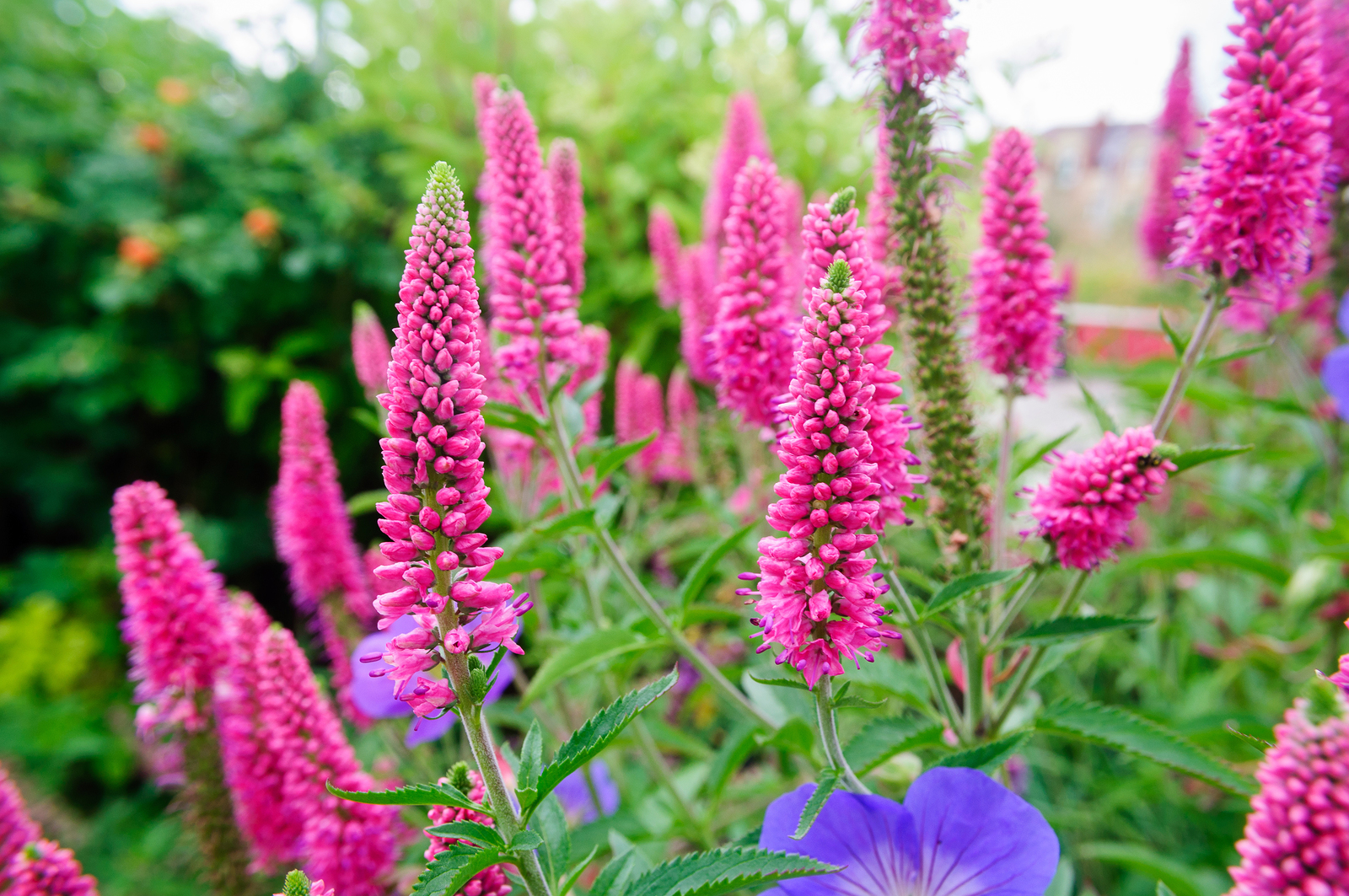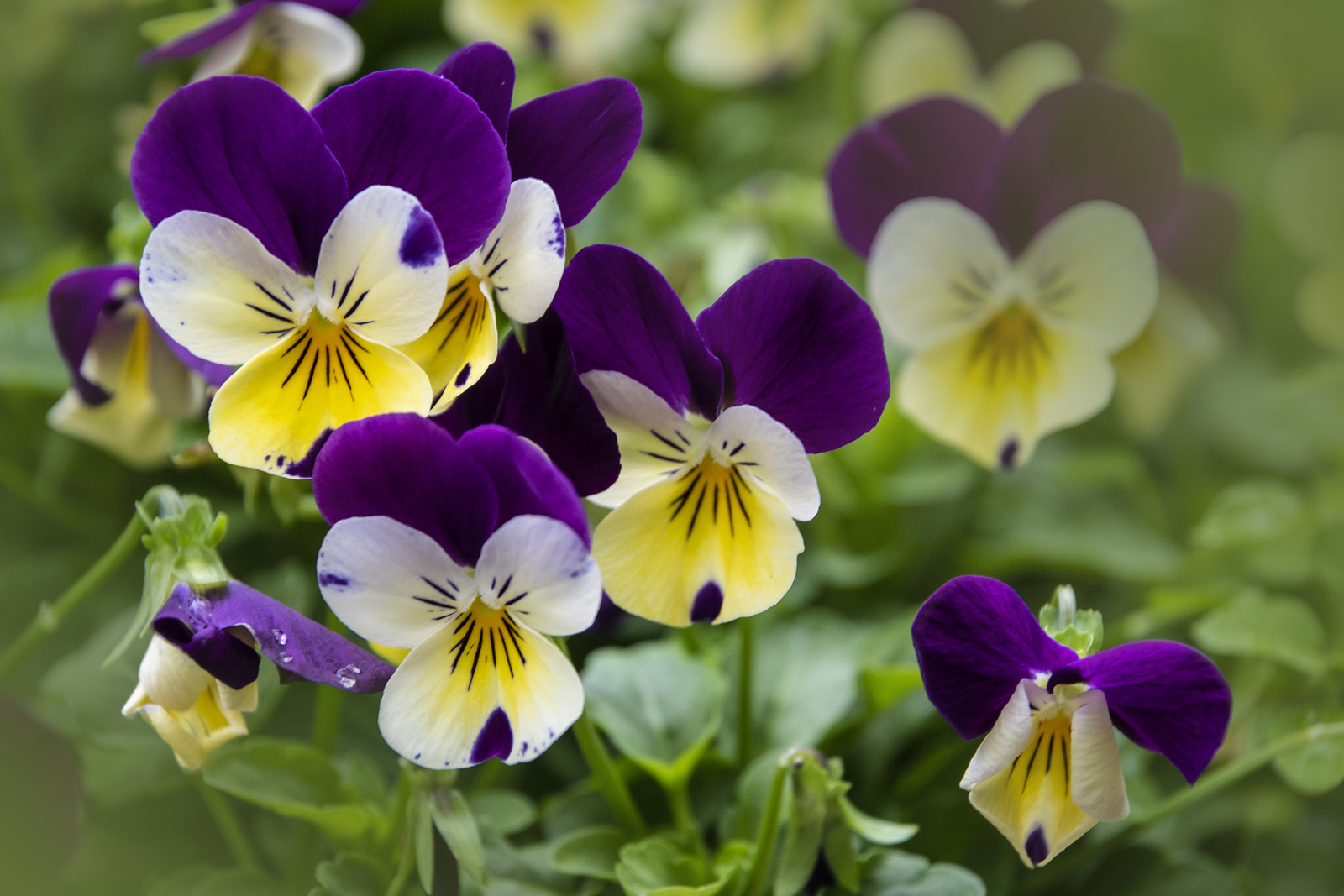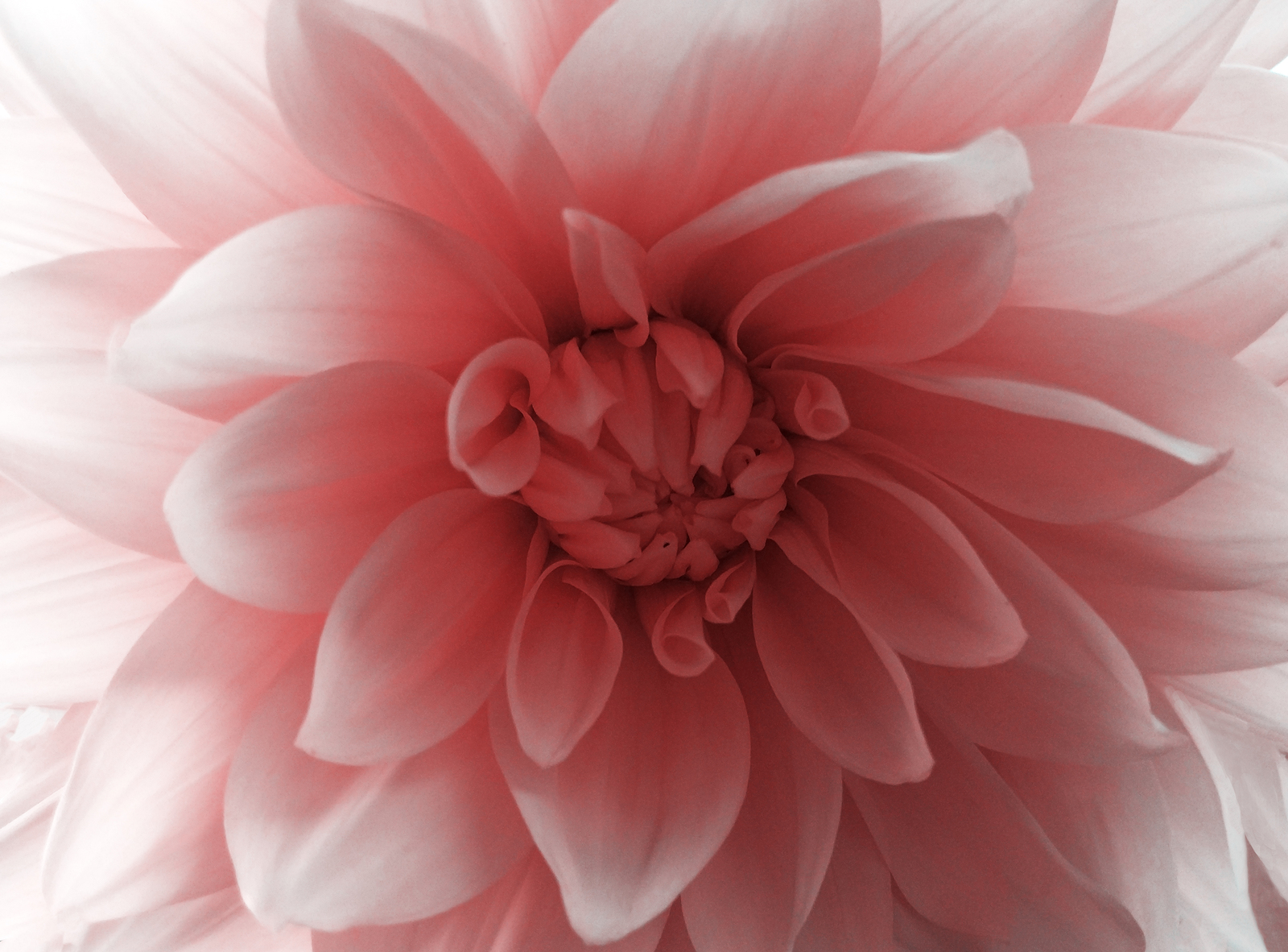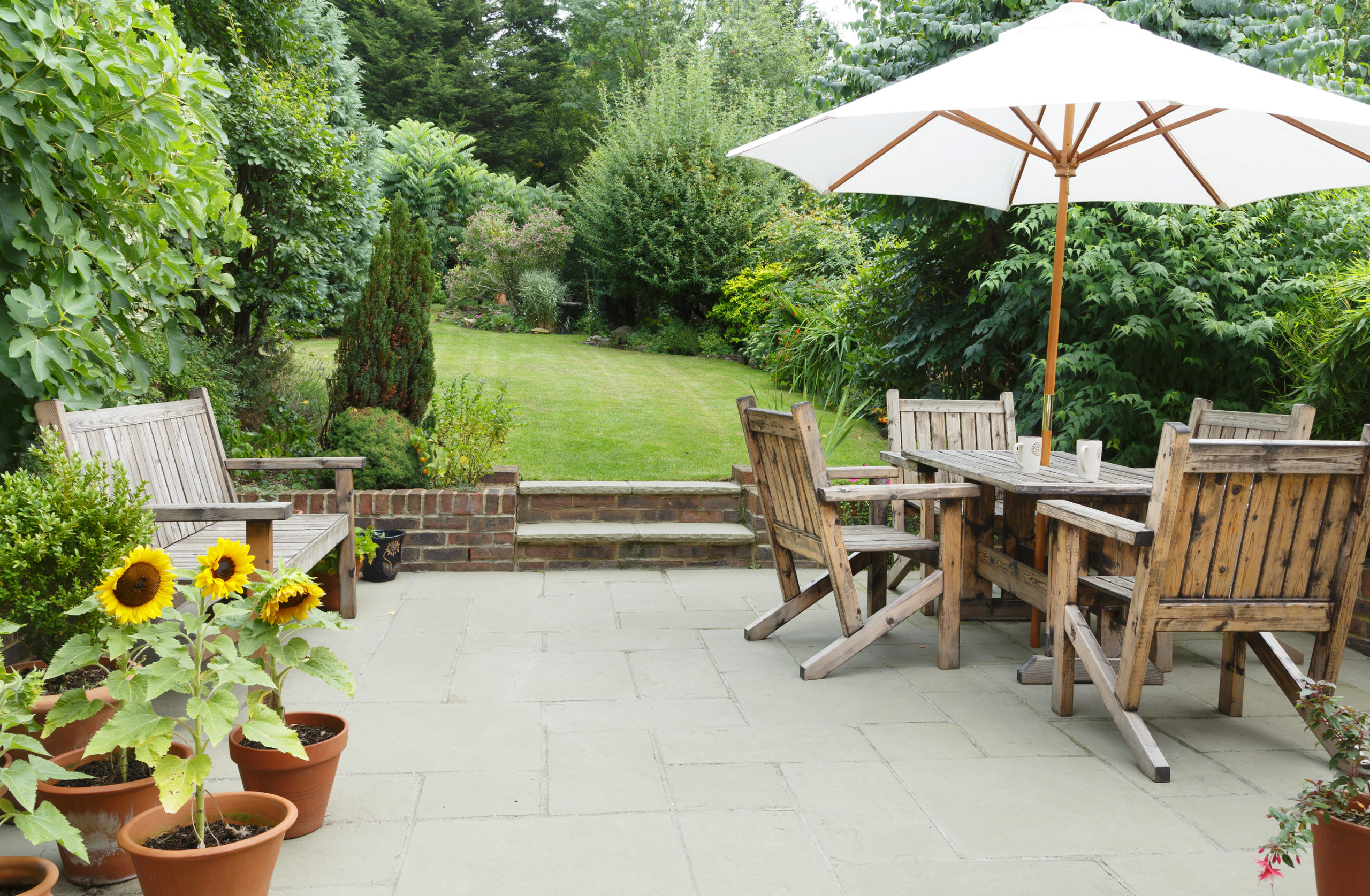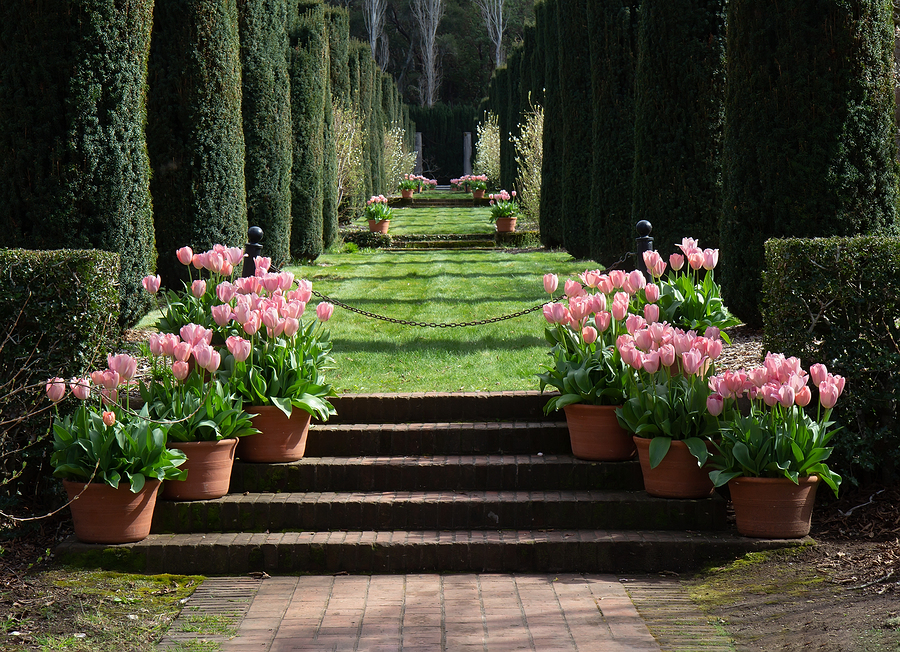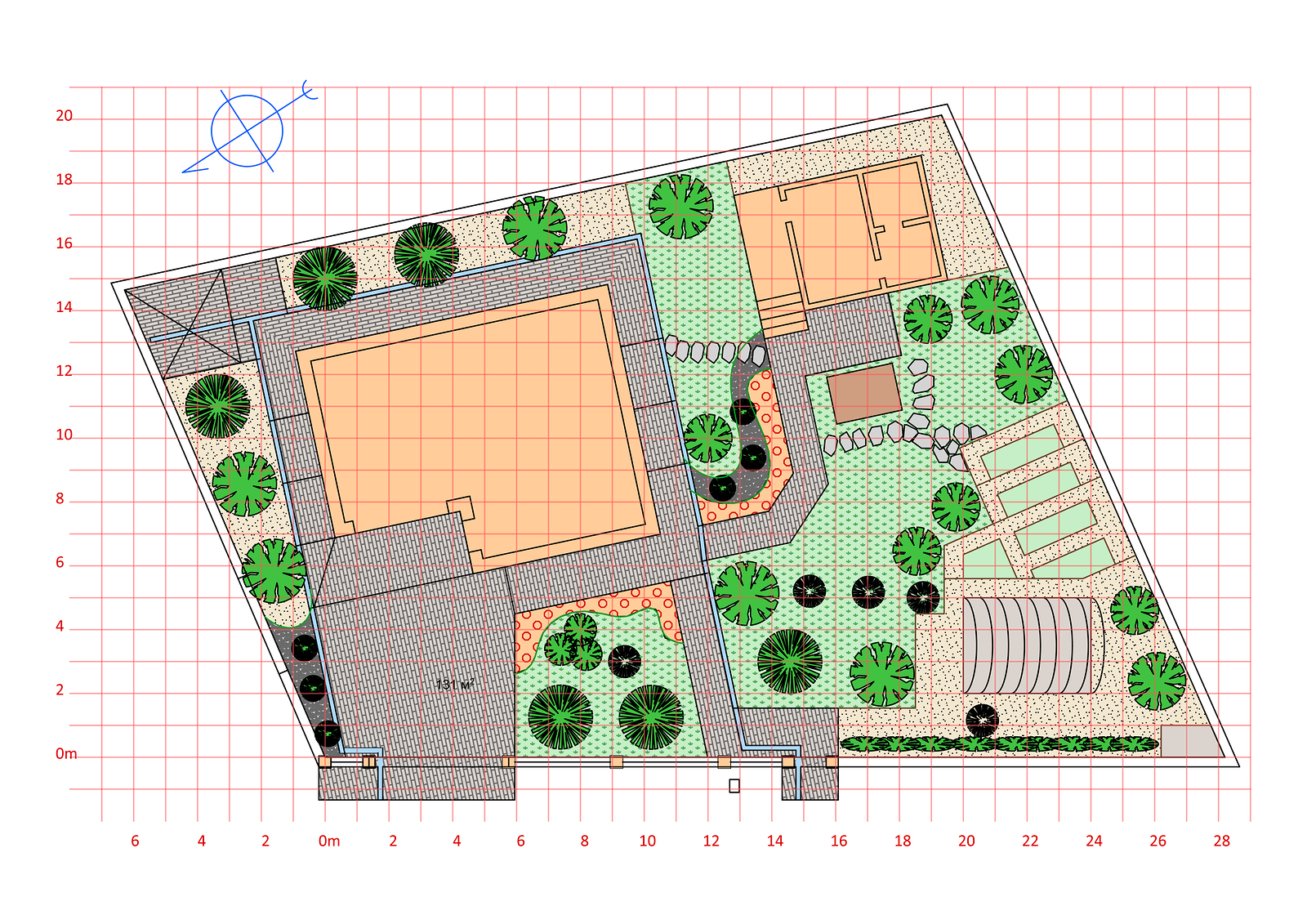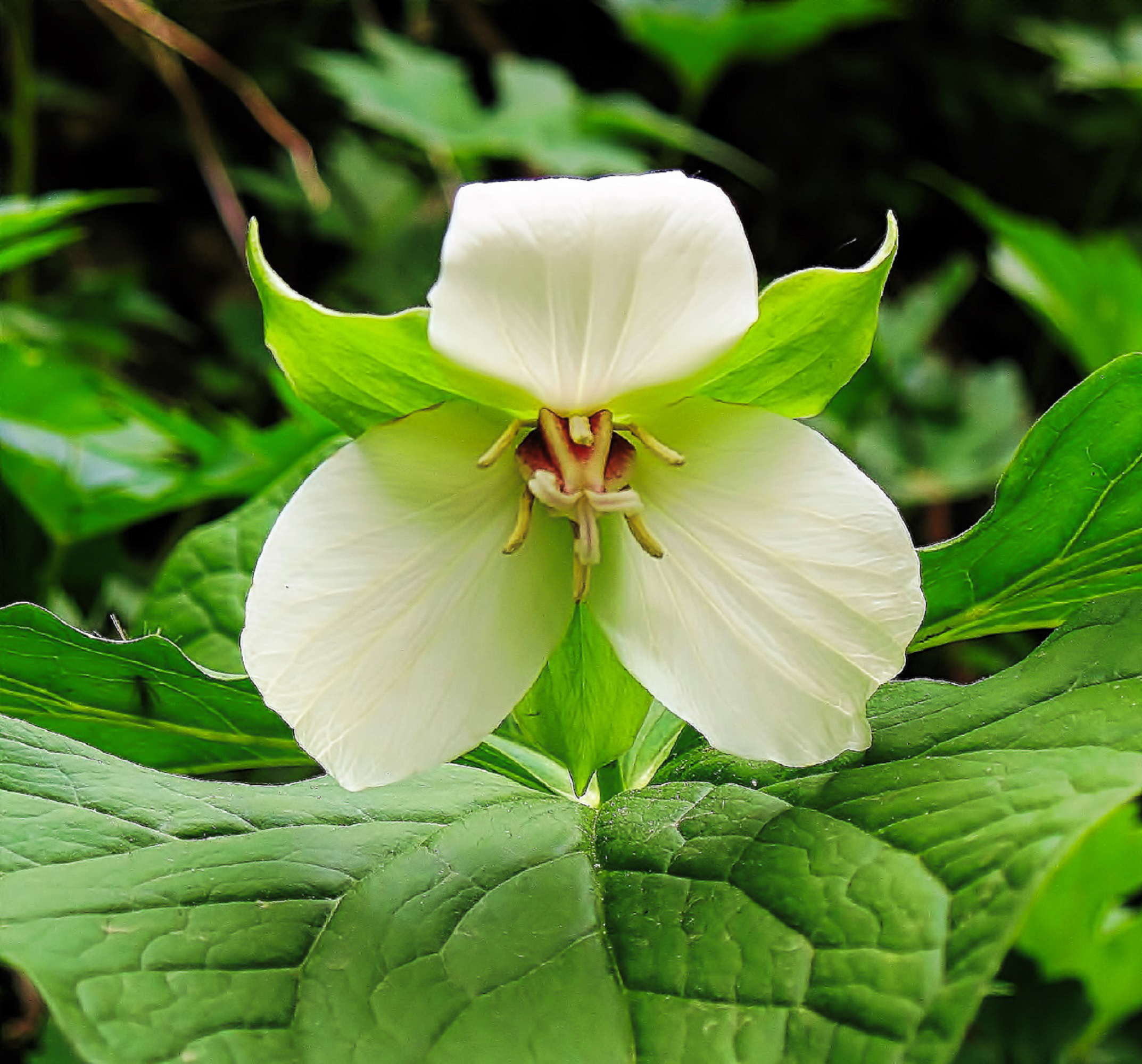Designing with Shrubs
Shrubs along with trees are the backbone of most garden and landscape designs. Shrubs serve different functions in the garden. They can act as walls or low borders. They can stand alone as specimens of interest. Specimen shrubs are colorful and vibrant; sometimes they are oddly shaped. A specimen shrub is usually planted alone but […] More


